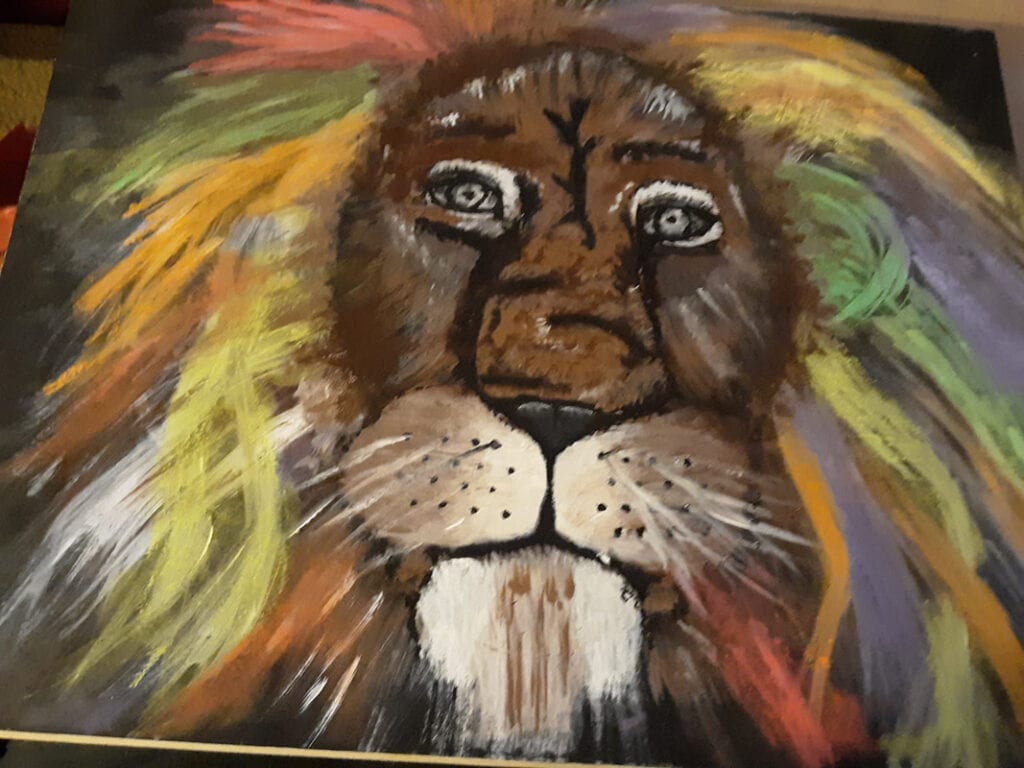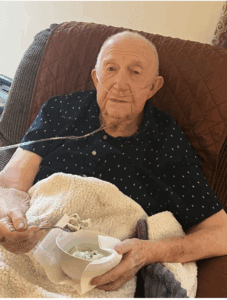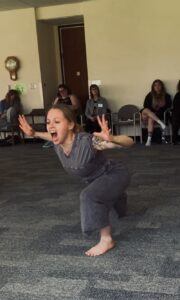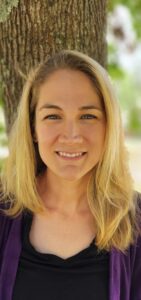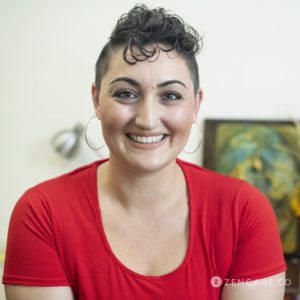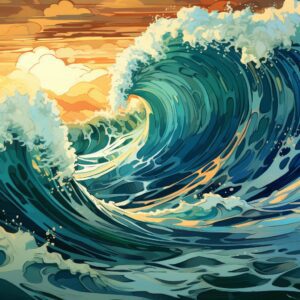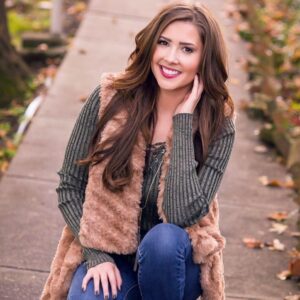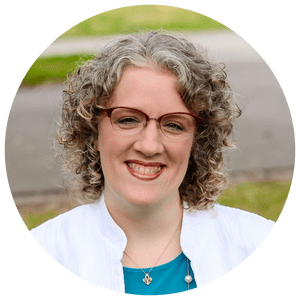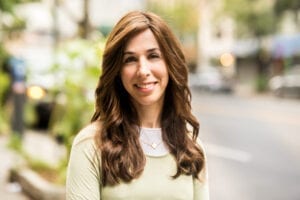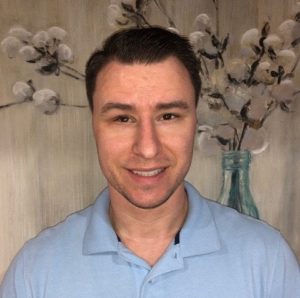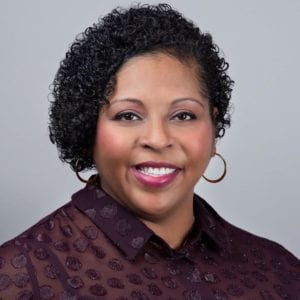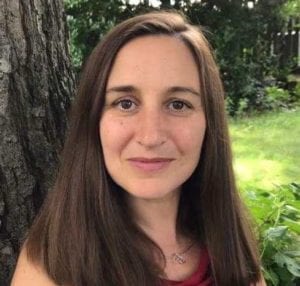When I started my master’s program to get my clinical social work license, there were endless research papers required for the program. I repeatedly saw Carl Jung’s name as a reference. More specifically, they were quotes from his Red Book. So, I I therefore asked my husband for the book for Christmas and he surprised me and bought 3 different books about or from Carl Jung.
In Carl Jung’s book Memories, Dreams, and Reflections there is a chapter named “Confrontation with the Unconscious.” The name immediately drew me in, because having have been trained in EMDR, which addresses our unconscious and the trauma that is stored in the body. I was determined to become the best therapist I could be, but also knew I had my own healing to finish. I felt resistance from within to dig deeper. One day while praying on the resistance, I saw this book Memories, Dreams, and Reflections, sitting on the shelf and immediately turned to the chapter about the unconscious. In the chapter, Carl Jung discussed facing his own internal struggles with his subconscious. He stated:
“The dreams, however, could not help me over my feeling of disorientation. On the contrary, I lived as if under constant inner pressure. At times this became so strong that I suspected there was some psychic disturbance in myself. Therefore, I twice went over all the details of my entire life, with particular attention to childhood memories; for I thought there might be something in my past which I could not see and which might possibly be the cause of the disturbance.” (p. 173)
He went on to discuss a memory from when he was 10 or 11 years old, stating, and stated “to my astonishment, this memory was accompanied by a great deal of emotion.” I related to the memories that still hold emotional charge. I still am run by so many of my fears developed in childhood. The work I did in the recovery programs had brought me so far and I was living life like I had never experienced before. I had also developed a relationship with God, as I understood God, but my internal world needed more help. I firmly believe my God brought me to EMDR and the Institute of Creative Mindfulness to further my healing and to use my experience to hopefully help others find the same healing. I knew even reading this chapter in Carl Jung’s book was led by that Higher Power. The last line in this chapter that convinced me I needed to do EMDR myself was when Jung discussed his own resistance to looking at his negative emotions and what it was costing him to look at them. He felt he had no choice, but to go deeper and stated, “A cogent motive for my making the attempt was the conviction that I could not expect of my patients something I did not dare to do myself.” (p. 178) I felt my path was paralleling his in some way, and I “had no choice”, but to continue this journey.
Soon after starting my own EMDR sessions, I went to a weekend retreat to learn about expressive arts. We learned to used paints, pastels, dance, writing, poetry, and yoga to encourage the healing and express what our parts inside needed to say. If Jung was not describing dissociated parts, I don’t know what he could have been describing. Jung stated,
“The essential thing is to differentiate oneself from these unconscious contents by personifying them, and at the same time to bring them into relationship with consciousness. That is the technique for stripping them of their power. It is not too difficult to personify them, as they always possess a certain degree of autonomy, a separate identity of their own. Their autonomy is a most uncomfortable thing to reconcile oneself to, and yet the very fact that the unconscious presents itself in that way gives us the best means of handling it.” (pg. 187).
When I returned came home from the retreat, I returned to Jung’s writings because I remembered he had discussed using his imagination to play. He also used yoga to ground himself:. “I was frequently so wrought up that I had to do certain yoga exercises in order to hold my emotions in check.” He used this exercise to calm himself and then he would go back into the emotions. This is just like we do while reprocessing in EMDR. Again, recognizing the parallel to our paths brought me comfort that I am not on this journey alone. Yes, in 1914, they did not call it EMDR or Expressive Arts Therapy, but even then the solution was the same.
I have still not found comfort in painting or drawing, but I enjoy reading, writing, and singing. All of me becomes one when I am listening, feeling, playing, or experiencing music. This is my comfort, my joy, and my journey. I am about to attend another retreat to learn more about myself and take another step towards healing. My internal world has always made me feel separate or alone, but knowing a great mind like Jung followed this journey and my new friends at ICM, I am no longer separate and I can celebrate my “weirdness.”

